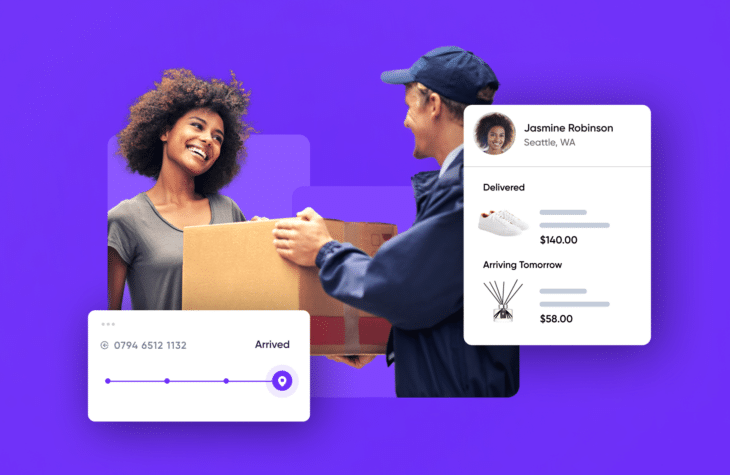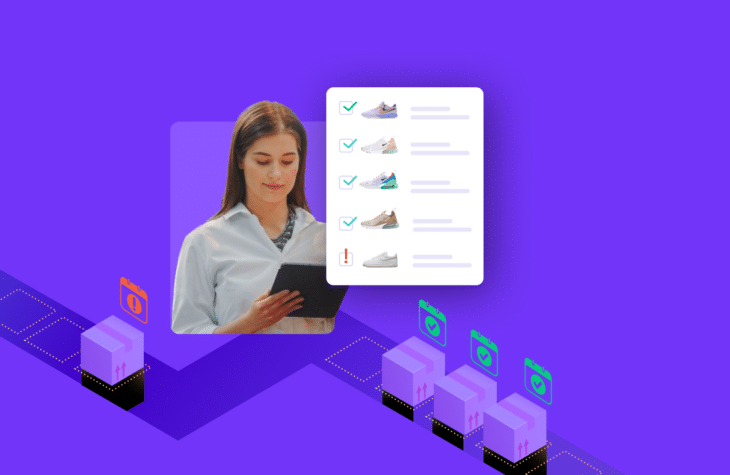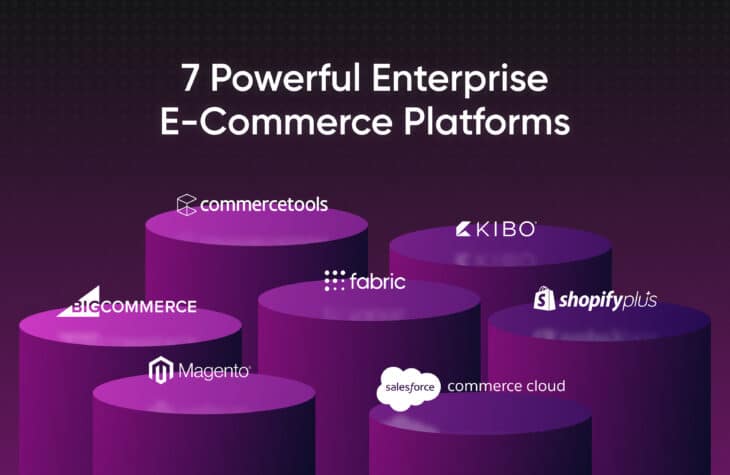LinkedIn Live Recap: Meet the need for instant gratification, with Lori Howitt and Jon Reily

Welcome to our recap of fabric’s recent LinkedIn Live event, where Jon Reily, Bounteous’ SVP of Commerce & Loyalty, joined Lori Howitt, fabric’s Senior Solutions Consultant, to discuss how retailers can meet the needs of customers in this age of instant gratification.
In this blog post, we’ve compiled a list of key takeaways from this insightful discussion, focusing on how retailers can navigate the instant gratification economy, deliver true omnichannel experiences, and leverage innovative solutions like real-time inventory, order management and fulfillment, and dropshipping.
Read on to learn about the strategies and technologies that will shape the retail experience in 2024 and beyond.
5 Key Takeaways
1. Navigating consumer habits in the instant gratification economy
Lori and Jon kicked off the event by discussing the shift in consumer habits and the rise of the instant gratification economy. They emphasized the need for retailers to adapt to changing consumer expectations throughout the entire shopping journey.
With a background in traditional e-commerce, Lori shared her experiences from companies like Bloomingdales, Shopbop, and the Gilt Group, and emphasized the urgency for retailers to align with evolving customer expectations.
Jon, having worked at Amazon, Fortune 500 companies, startups, and agencies, highlighted how consumer expectations have grown. He discussed the evolution from the “Amazonification” of expectations, where everybody expected everything in 30 minutes, to now consumers having different sets of expectations for different channels, and how it’s up to retailers to figure out how to meet those needs.
The speakers underscored the importance of every touchpoint of the purchase journey, signaling the need for a comprehensive and modern approach to commerce platforms.
2. True omnichannel experiences are now a reality
The conversation delved into the evolution of omnichannel experiences. Drawing on Walmart’s example, Lori and Jon showcased the big box retailer’s omnichannel capabilities, but they also emphasized that even smaller retailers can leverage technology to provide similar shopping experiences to their customers.
With Walmart, they discussed the significance of transparent communication and setting clear expectations, showcasing how Walmart’s capability to show real-time inventory in specific stores enhances the customer experience. A shopper can not only filter results to find the products they want in stock, they can know where they are in the store, or they can buy online and pick the items up in their chosen store.
The discussion underscored that, in the current landscape, retailers of all sizes have the opportunity to deliver on true omni-channel promises.
3. Inventory management and fulfillment are crucial
In addition to Walmart, White House Black Market was used as a case study to highlight the critical role of inventory management and fulfillment in the retail landscape. Lori and Jon pointed to fabric’s OMS as a solution that empowers retailers to manage inventory effectively.
Additionally, they discussed how a recommendations engine is effective only if it is relevant to the customer and has accurate inventory data. White House Black Market is a great example of a company that has mastered recommendations with its “shop a look” recommendations, which makes it simple for customers to complete their outfits, ultimately increasing basket sizes and average order values.

They also emphasized the importance of avoiding overselling and showcased how dropshipping services, integrated seamlessly into fabric’s platform, provide retailers with a reliable and efficient means of fulfilling orders to meet customer expectations.
4. Dropshipping as a seamless fulfillment option
The conversation expanded to address the historical promises and current realities of dropshipping. Lori talked about her previous experience as a buyer for lady’s footwear and how it was nearly impossible to maintain the right amount of stock to match customer demands. At the time, the technology wasn’t necessarily there to be able to have real-time, live, API-first, inventory feeds. Had she had a fulfillment option to dropship directly from her vendor, she could have remained in stock all the time, not missed any sales, and not disappointed customers.
Lori and Jon talked about fabric’s composable commerce solution and its ability to seamlessly integrate dropshipping into retailers’ offerings. The platform’s flexibility allows retailers to extend their product offerings without compromising the customer experience, demonstrating the viability of dropshipping as a reliable and seamless fulfillment option.
5. Composable commerce and bridging the technology gap
The discussion then turned to insights into composable commerce, emphasizing its advantages. The speakers highlighted how composable solutions like fabric enable retailers to adapt and enhance their technology stack incrementally—versus a big bang approach to replatforming.
By bridging the technology gap in a modular fashion, retailers can stay aligned with evolving customer expectations. The discussion underscored the adaptability and scalability of composable commerce solutions in an industry where meeting customer demands is a continuous challenge.
Jon also talked about the promise and challenges of omnichannel retail, highlighting the gap between consumer expectations for seamless, personalized experiences and retailers’ limited understanding of individual preferences. He underscored the crucial role of data and technology, such as fabric’s OMS, in creating a virtuous cycle where customer interactions generate valuable insights, enabling retailers to continually improve and meet evolving expectations. The overarching goal is to leverage technology to enhance the customer experience, fostering a mutually beneficial relationship, and drive innovation based on customer feedback.
Conclusion: Delivering exceptional experiences in 2024
In a world where customer satisfaction is key, retailers need to focus on composable commerce solutions that empower them to adapt to changing trends. fabric’s commerce platform with native OMS and dropshipping capabilities, positions retailers to thrive in the instant gratification economy.
For those seeking a transformative solution, a demo of fabric’s platform is just a click away.
Happy holidays and happy shopping!
Watch the full LinkedIn Live event here:
Digital content editorial team @ fabric.








